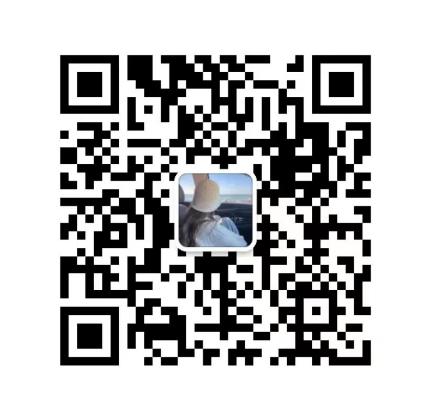
Email: 2881674230@qq.com Tel: +86-13058172081

Email: 2881674230@qq.com Tel: +86-13058172081
Whether it is cross-border e-commerce logistics or traditional logistics, it is based on the flow of goods, but there are certain differences between the two.
1. Different logistics operation modes
Traditional logistics is a typical "push operation", once the goods are sold, it is necessary to rely on logistics to achieve the distribution of goods, in this process, logistics and business flow are only "push", in fact, logistics in the whole process only played a supporting role. The B2C e-commerce logistics is completely different, its capital flow, logistics, business flow are all around the market to operate, its product production, sales and goods distribution and all other links are based on customer orders, in this process, logistics has played an absolute main role.
2. Transportation efficiency
The traditional logistics needs to go through multi-layer transfer, and finally arrive at the store, and the end user comes to the door to pick up;
Cross-border e-commerce logistics enterprises direct to users, door-to-door delivery.
3. Different types of customers
In the traditional logistics mode, the objects of logistics services are generally fixed, so cross-border e-commerce can basically have an accurate grasp of their product service needs and customer types. In the new B2C e-commerce model, the specific customer target group it faces is an unknown concept, and its service methods are far beyond the traditional logistics.
4. Storage method
Under normal circumstances, the storage area and the sorting area are shared, and the facilities in the warehouse are generally plane warehouses and three-dimensional high shelves;
The logistics of cross-border e-commerce needs to deal with the characteristics of multi-varieties and small batches, and at the same time, under the premise of the current manual work, special storage areas must be used to improve storage utilization. Dedicated picking area to improve picking efficiency.
5. Review method
The review procedure of traditional logistics delivery is basically based on quantity counting, as well as spare boxes, and variety verification, which are mostly completed manually;
The review of cross-border e-commerce logistics is almost a re-inventory, and the verification is completed one by one through the electronic equipment terminal.
6. Picking method
Traditional logistics delivery volume is large, you can use forklift truck to pick goods directly, in measuring the efficiency of picking the number of boxes (original packing cases) as the main unit;
Cross-border e-commerce logistics picking is mostly RF, picking cars, turnover boxes.
7. Information elements
The requirements of information elements on traditional logistics goods are not high, and invoices can circulate asynchronously with goods.
Cross-border e-commerce logistics strictly requires the standardization and integrity of label information, and invoices must also flow synchronously with the goods.
8. Packing
Traditional logistics has no obvious packaging line. Traditional logistics generally do not need to adjust the packaging again after leaving the factory, so there is no obvious packaging line;
Cross-border e-commerce logistics has a special packaging line. Because the goods need to be reorganized, the "new product" is in a non-packaging state, so the cross-level e-commerce has strict requirements for the warehouse packaging line.
9. Inventory and order flow are different
In the traditional logistics pattern, inventory and orders are one-way, the buyer and the seller have no communication. In B2C e-commerce logistics, inventory and order are two-way interactions, and customers can also monitor and even modify inventory and order in real time. Manufacturers and retailers can also adjust inventory and orders at any time and timely according to different requirements of customers to achieve the optimization of logistics performance.
In general, the difference between cross-border e-commerce logistics and traditional logistics can be simply understood as: traditional logistics has a small number of goods, a large number of enterprises, and a simple data system; Cross-border e-commerce logistics singular multi-cargo quantity is small, individual-based, and the data system is complex.
Contact: Amy
Phone: +86-13058172081
Tel: +86-13058172081
Email: 2881674230@qq.com
Add: Yigao Cross border, Building 8, Fujiang Industrial Park, Bao'an District, Shenzhen
We chat
